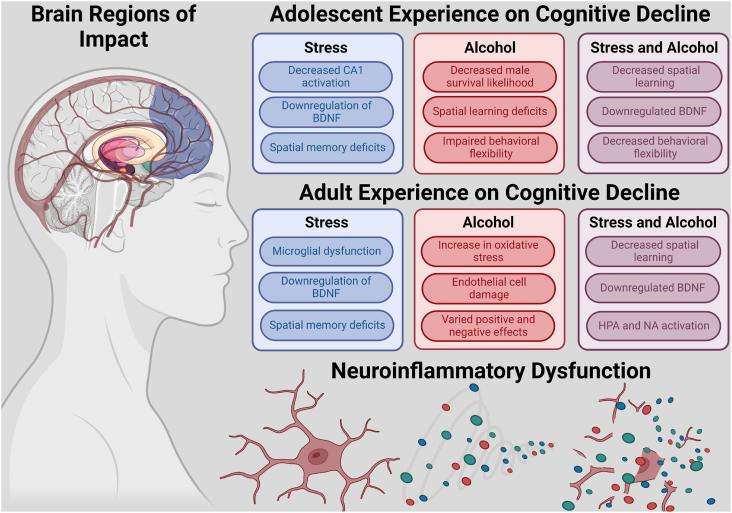This article supports SDG 3 by examining the effect of the National Dementia Care Policy in South Korea on costs in older patients with dementia.

This article discusses the association between stress exposure, alcohol consumption, and Alzheimer's Disease and related dementias (ADRD), emphasizing the importance of understanding behaviors that impact neurodegeneration and cognitive decline, and the need for preclinical research to uncover the underlying biological mechanisms.
Viral hepatitis testing and treatment in community pharmacies: a systematic review and meta-analysis
eClinicalMedicine, Volume 69, March 2024
This Article supports SDG 3 by showing that providing hepatitis C testing services in pharmacies would be beneficial in increasing case detection, in keeping with growing evidence showing the benefits of providing hepatitis services in community settings. Further research is needed to evaluate the provision of hepatitis C treatment, and hepatitis B testing and treatment, in pharmacies
This Review supports SDG 3 by describing the national response to hepatitis B and C virus in Viet Nam and the Philippines, finding that although both countries have robust policies, there are differences between them in political commitment, funding, and engagement
This study supports SDG 3 by examining the impact of early liver transplantation on hospital admissions for alcoholic hepatitis.

To mark International Women's Day 2024, Elsevier have curated and made freely available a special collection of journal articles and book chapters to advance knowledge and understanding relating to SDG 5: Gender Equality. The special collection features research relating to inclusion and the empowerment of women and girls across a broad range of disciplines and contexts including health, climate change, natural disasters, biodiversity, smart cities, sustainable development and leadership.

This International Women’s Day, 8 March 2024, join the United Nations in celebrating under the theme Invest in women: Accelerate progress. In this special episode of RELX's "The World We Want" series Dr Márcia Balisciano, Chief Sustainability Officer, is joined by guests Andrea "Andy" Blair, Co-Founder and President of New Zealand based geothermal research and innovation company, Upflow and Susan Blanchet, Founder and CEO of Origen Air. Both Andy and Susan are two of the 2023 awardees of the WE Empower UN SDG Challenge.

In this episode of the "World We Want" podcast, Márcia Balisciano interviews Judy Kuriansky, an award-wining journalist, clinical psychologist, lecturer, and United Nations NGO representative. They discuss sustainable development and global goals for education, health, peace, and gender equality.
Despite the long duration of NA therapy, multiple reactivations of HBV after NA discontinuation were common in patients with HBV reactivation.
Liver fibrosis, caused by hepatitis and other hepatic diseases, has few treatment options and is a major cause of global mortality. This study discusses potential epigenetic options for future treatments.
